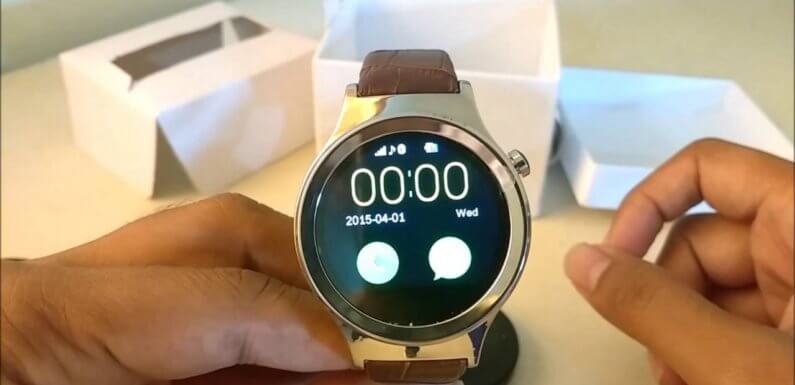
Will smartwatches able to dominate “the watch world”? It seems yes, they will. In fact, modern smartphones will be ten years old. Since the beginning, much has been said about what will be the next big trend in technology. After all, the smartphone “S” curve is almost complete and in the interest of the industry, including companies that make the most money in this segment (or the few who make it), to find alternative products to sustain growth. But how difficult is that …
Smartwatch sales will grow over the next few years
In fact, smartwatches have not become as popular as previously thought, but that doesn’t mean the market is about to disappear. Data from consultancy IDC estimates that smartwatch sales will increase in the next few years, with them surpassing physical activity monitors by 2022. Over the next few years, growth is expected to continue. By 2022, 84.1 million smart watches are expected to be marketed around the globe. With this, smartwatches should surpass the bracelets focused on physical activity in the coming years. By 2019, 47.7 million of these devices are expected to be sold worldwide – by 2022, they are expected to be in the 48.2 million units.
The usefulness of smartwatches
According to IDC analyst Jitesh Ubrani, people are beginning to understand the usefulness of smartwatches, and so they are likely to become more popular over the next few years. “Currently, the main use is for exercise/training, but mobile payments and messaging are starting to gain momentum,” explains the analyst, who also points out that features such as LTE connectivity should offer new uses for smart watches. This good trend has triggered the technology giant to develop the latest smart watch systems and in this flow, Google certainly does not want to be left behind. They must be involved and they have proven that they cannot be ruled out at all.
The emergence of Android Wear 2.0
After a
few delays, Google released Android Wear 2.0, a new version of its smart watch
system, a smart watch. It arrived with two models, the LG Watch Sport and Watch
Style. The first of the two is the most important because it centralizes
several new features of the system such as support for 4G independent LTE
smartphones and NFC, which allows the use of Android Pay. But it’s big,
awkward, doesn’t replace the bracelet (and the bracelet is uncomfortable) and
offers a bad battery life. Most of these chronic problems are the same as those
that affect the first watch of its kind, launched in 2014.
In addition to new hardware-dependent features,
the new version of Android Wear has been simplified by focusing on physical
activity and notifications; accept a Google Assistant; now manage applications,
including installing them without relying on smartphones; and has “faced
complications”, that is, a small number of applications that appear on the
watch screen, such as Apple’s WatchOS. Threshold analysis is quite complete.
There has been some progress, no doubt, but nothing new or significant, the
type that can generate demand for the product.
Niche products
Smartwatches are presented with a promise to save
our attention, destroyed during the last decade by smartphones. With smart
watches on their wrists, they prophesy, we will have less distraction and focus
more on what’s important, the people we talk to, the things around us. But it’s
missing to combine this with consumers, who still don’t seem to be too
interested in smartwatches and don’t see problems on smartphones. Apple Watch,
the only one selling well (depending on standards adopted), is an exception
that confirms the rule.
New products are coming
On Google’s side, Android partners and dependents
struggle to sell as few of their smart watches. Several large companies
announced late last year that new product launches were put on hold. Lenovo,
the owner of Motorola, who is responsible for the most interesting Android Wear
smartwatch, the Moto 360, immediately confirmed the decision: there was little
public interest.
A new niche market
For all intents and purposes, smartwatches seem to
create a niche market just like luxury watches such as Panerai watch or Breitling watch. That’s right – Apple has become
the second largest watch manufacturer, all types, in the world, behind Rolex.
Establishing this role, and apparently, every day and new products are
announced, the impression that they are not the next big trend is gaining
momentum. After all, whether it is niche or popular. The two denominations are
mutually exclusive.
Virtual reality is still a nascent market and this setback may only be a detail on the road to massification. Or maybe not. Technological improvements, cheapness, new inventions, or the emergence of unthinkable use cases now can change the direction of product categories that seem irrelevant at first glance. The smartphone itself was seen as a toy at first. Today, more than two billion people use it for various purposes.

